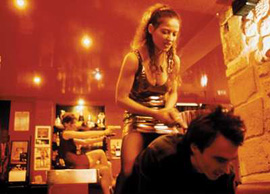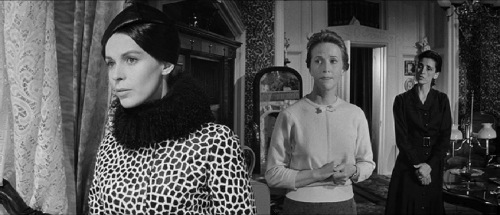During times of conservatism and religious fundamentalism it can prove difficult, if not downright lethal, to be an independent and outspoken woman. The recent case of Malala Yousafzai — the teenage Afghan activist who was shot by the Taliban for her vocal condemnation of their refusal to allow Afghan girls to attend school — reminds us that this danger still looms in many parts of the contemporary world.
The modern-day plight of Afghan girls like Yousafzai, and their systematic oppression by the ultra-conversative Taliban, recalls an earlier time in history when fervent religiosity ran rampant: the Salem Witch Trials.
The Salem witch trials were a series of hearings and prosecutions of people accused of witchcraft in colonial Massachusetts, between February 1692 and May 1693. They later became a notorious example of mass hysteria in American history, and highlighted the very real danger of religious extremism. The overwhelming majority of the people prosecuted for witchcraft were women. These women tended to belong to the poor and working class, and thus were disadvantaged in terms of economics and social status. The one exception was the wealthy widow, Ann Hibbins.
Ann Hibbins was executed for witchcraft in Boston, Massachusetts, on June 19, 1656. Her execution was the third for witchcraft in Boston and actually predated the Salem Witch Trials by thirty-six years. Twice-widowed, Hibbins was an outspoken and financially-independent woman, all of which tended to antagonize the local religious authority:
In 1640, Ann Hibbins sued a group of carpenters, whom she had hired to work on her house, accusing them of overcharging her. She won the lawsuit, but her actions were viewed as “abrasive”, and so she became subjected to an ecclesiastical inquest. Refusing to apologize to the carpenters for her actions, Hibbins was admonished and excommunicated. The church also cited her for usurping her husband’s authority. Within months of her husband’s death, proceeding against her for witchcraft began. — from Wikipedia.
It’s interesting to note that none of the evidence used to convict Hibbins of witchcraft remains. One of her supporters, a minister named John Norton, commented privately to another clergy that, “…[Hibbins] was hanged for a witch only for having more wit than her neighbors.”
So, here’s what I’m suggesting, my fellow XX-chromosome owners. Rather than wait for the religious extremists to ’round us up, let’s go git ’em first. They’d never see us coming till it’s too late. Lemme go grab my broomstick and pointy black hat [cackle].














